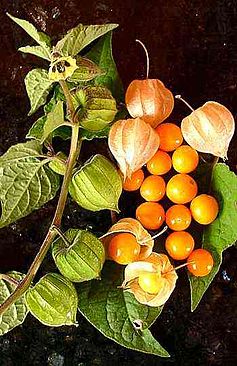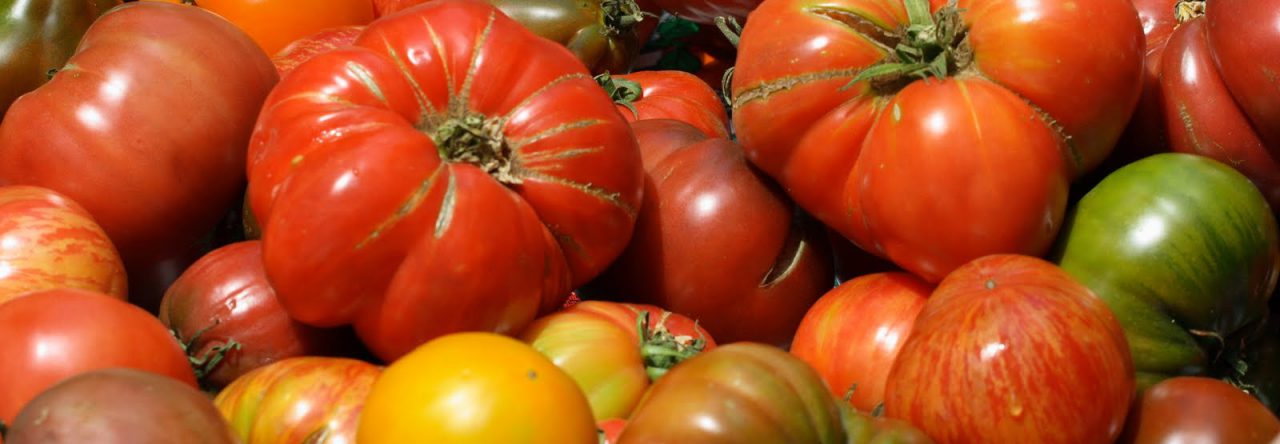
I want to grow Aunt Molly’s ground cherries this fall, but it is not a crop I have grown before, so research was in order. They are on the Slow Food Ark of Taste, and their recommendations are usually sound. Ground cherries fall into an odd category that is not really a vegetable, not really a fruit. Other than citrus, there is not much fruit producing in the fall in Florida, so I think it will be a good addition to the garden.
Ground cherries fall into the same family as tomatoes and tomatillos, so follow the same growing guidelines that you would for growing tomatoes. Start the seeds eight weeks prior to transplanting, and it takes about 70 days after they are transplanted to produce fruit. Set the plants three feet apart and mulch. Use small tomato cages to support the plants. They need to be fertilized when they produce flowers, and again two weeks later. Do not eat the unripened fruit, as it will make one ill. When ripe, the fruit falls to the ground, so place a tarp under the plant to catch the berries. Don’t use them right away. Store them in their husks on the counter for about a week to let them develop flavor. The color will change when they are ready to eat. The ripe, husked berries will keep in the refrigerator for up to a week, frozen or canned. Tomato fruit worm, flea beetles, and mealy bugs are the most common pests. Typically, two plants per person in your family will be more than enough to satisfy your needs.
What do you do with these beauties? Here are are few suggestions, and you will be able to find many more with a quick search.


